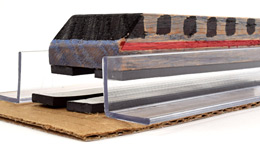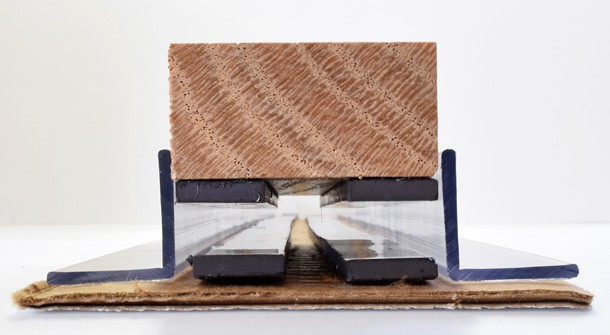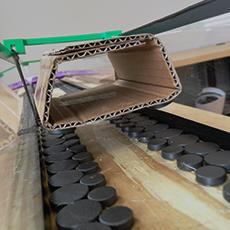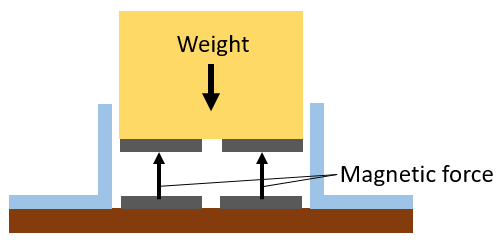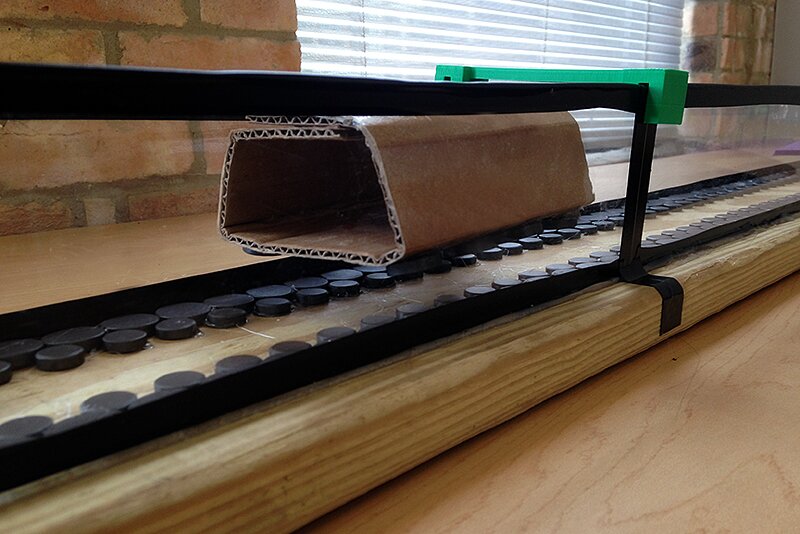First Class Tips About How To Build A Magnetic Levitation Train

As a result, the train levitates due to repulsive and attractive forces of.
How to build a magnetic levitation train. First, we cut the wheels off of the magnetic trains, we won't be needing those anymore! This video shows how to build a maglev (magnetic levitation) train using materials you can buy online or at a hardware store. About press copyright contact us creators advertise developers terms privacy policy & safety how youtube works test new features press copyright contact us creators.
Using one of the long plastic angle. They're not too hard to make provided you have a flat fairly thick sheet of iron or steel to act as a flux shunt while you build it (needs to be about 1/4 the thickness of the. In this system, the guideway and train both exert the magnetic field.
To view full directions for sci. A lot of wires (various lengths) and solder. Use simple materials and magnets only, you can make a model maglev train by yourself, it is really easy and won't take too much time, and it is very funny.
An array of kicking coils along the track could keep the train going, or you could start from a ramp on wheels. It is generally elevated, and can be fabricated from steel, concrete or a hybrid design. There are two important types of levitation technology:
The front corners have magnets with north poles facing out, and the back corners have magnets with south poles. These small devises generates and corrects the magneti. This time, we need to make sure the same poles are facing each other, like poles repel.
Levitation is the ability for the train to stay suspended above the track. Levitation is accomplished by conventional electromagnets attached to the. A lot of insulated copper wires (diameter~0.7mm) other materials.

